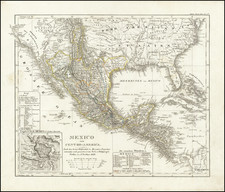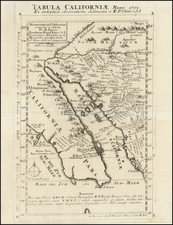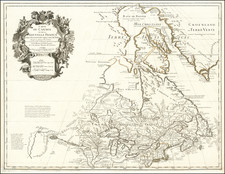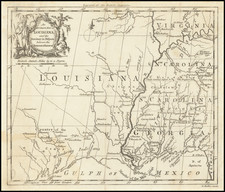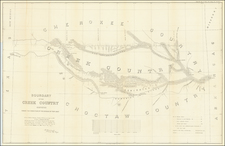Fascinating map of part of Dodge City, Kansas, illustrating Perry's Addition and Crawford's 2nd and 3rd Additions.
The map is a June 29, 1889 copy of the March 22, 1888 original, signed by Crawford, Perry and others.
The first settlement in the area that became Dodge City was Fort Mann. Built by civilians in 1847, Fort Mann was intended to provide protection for travelers on the Santa Fe Trail. Fort Mann collapsed in 1848 after an Indian attack. In 1850, the U.S. Army arrived to provide protection in the region and constructed Fort Atkinson on the old Fort Mann site. The army abandoned Fort Atkinson in 1853. Military forces on the Santa Fe Trail were reestablished further north and east at Fort Larned in 1859, but the area around what would become Dodge City remained vacant until after the Civil War. In 1865, as the Indian Wars in the West began heating up, the army constructed Fort Dodge to assist Fort Larned in providing protection on the Santa Fe Trail. Fort Dodge remained in operation until 1882.
The town of Dodge City can trace its origins to 1871, when rancher Henry J. Sitler built a sod house west of Fort Dodge to oversee his cattle operations in the region. Conveniently located near the Santa Fe Trail and Arkansas River, Sitler's house quickly became a stopping point for travelers. With the Santa Fe Railroad rapidly approaching from the east, others saw the commercial potential of the region. In 1872, just five miles west of Fort Dodge, settlers platted out and founded the town of Dodge City. George M. Hoover established the first bar in a tent to service thirsty soldiers from Fort Dodge. The railroad arrived in September to find a town ready and waiting for business. The early settlers in Dodge City traded in buffalo bones and hides and provided a civilian community for Fort Dodge. However, with the arrival of the railroad, Dodge City soon became involved in the cattle trade.
ThIn 1866, the first Texas cattle started arriving in Baxter Springs in southeastern Kansas by way of the Shawnee Trail. However, Texas longhorn cattle carried a tick that spread splenic fever among other breeds of cattle. Known locally as Texas Fever, alarmed Kansas farmers persuaded the Kansas State Legislature to establish a quarantine line in central Kansas. The quarantine prohibited Texas longhorns from the heavily settled, eastern portion of the state.
With the cattle trade forced west, Texas longhorns began moving north along the Chisholm Trail. In 1867, the main Cow Town was Abilene, Kansas. Profits were high, and other towns quickly joined in the cattle boom. Newton in 1871; Ellsworth in 1872; and Wichita in 1872. However, in 1876 the Kansas State Legislature responded to pressure from farmers settling in central Kansas and once again shifted the quarantine line westward, which essentially eliminated Abilene and the other Cow Towns from the cattle trade. With no place else to go, Dodge City suddenly became Queen of the Cow Towns.
.A new route, known as the Great Western Cattle Trail, or Western Trail, branched off from the Chisholm Trail to lead cattle into Dodge City. Dodge City became a boomtown, with thousands of cattle passing annually through its stockyards. The peak years of the cattle trade in Dodge City were from 1883 to 1884, and during that time the town grew tremendously. In 1880, Dodge City got a new competitor for the cattle trade from the border town of Caldwell. For a few years the competition between the towns was fierce, but there were enough cattle for both towns to prosper. Nevertheless, it was Dodge City that became famous, and rightly so because no town could match Dodge City's reputation as a true frontier settlement of the Old West. Dodge City had more famous (and infamous) gunfighters working at one time or another than any other town in the West, many of whom participated in the Dodge City War of 1883.
As more agricultural settlers moved into western Kansas, pressure on the Kansas State Legislature to do something about splenic fever increased. Consequently, in 1885 the quarantine line was extended across the state and the Western Trail was all but shut down. By 1886, the cowboys, saloon keepers, gamblers, and brothel owners moved west to greener pastures.









